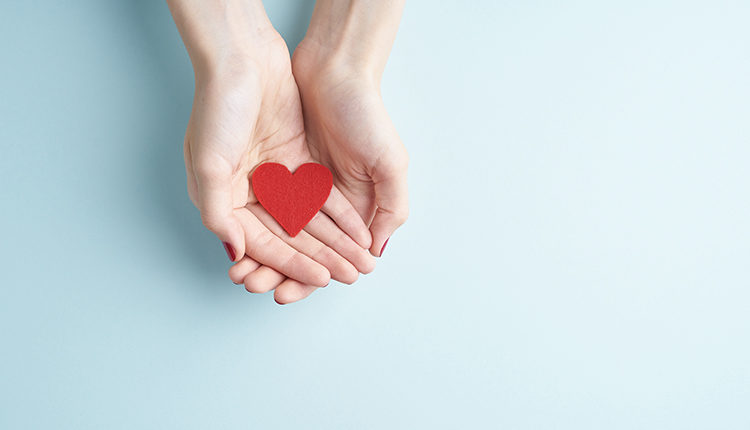
How Can We Help?
 Currently more than 20 states have implemented some form of a shelter in place order, and for the majority, this extends to dental offices as well. The American Dental Association (ADA) recommends that only emergency treatment be provided. Nonemergency dental procedures include, but are not limited to initial and periodic exams, routine preventive therapies, esthetic work, and treatment of asymptomatic carious lesions1. Thus, many of us are at home wondering how we can help.
Currently more than 20 states have implemented some form of a shelter in place order, and for the majority, this extends to dental offices as well. The American Dental Association (ADA) recommends that only emergency treatment be provided. Nonemergency dental procedures include, but are not limited to initial and periodic exams, routine preventive therapies, esthetic work, and treatment of asymptomatic carious lesions1. Thus, many of us are at home wondering how we can help.
First and foremost, follow your state’s guidelines on any shelter-in-place orders. With many individuals not showing symptoms for up to 14 days, it is difficult to know who is infected. If you do need to leave your house for any essential tasks, follow social distancing as recommended by the United States Centers for Disease Control and Prevention.2 Additionally, the CDC does not currently recommend the use of personal protective equipment (PPE) for the general public. Instead, it is recommended that you follow everyday preventive actions such as washing your hands and not touching your face.3
Second is by way of donations. Currently, most hospitals and healthcare facilities are running extremely low on PPE. As you can imagine, orders are not being filled as quickly as healthcare personnel need them. Thus, many facilities are accepting donations. As dental practices are currently closed in some areas, this puts us in a unique position to provide donations of PPE. This equipment includes gloves, disposable gowns, face shields, and various types of masks. If your office is in a position to donate, please contact your local hospital to see where you can bring your donations. Do not just show up with these supplies. Also, keep in mind that your office should keep a small supply of PPE in case any of your patients present with a dental emergency.
You may also be wondering about the use of homemade masks, which have recently been showing up on newsfeeds. While this is a wonderful cause, the CDC states that these are not considered PPE, since their ability to protect medical personnel is still unknown. The CDC goes on to say that homemade masks should only be used as a last resort and, if used, they should be accompanied by a full-coverage face shield.4
Donations can also be made to your local food banks. Many of our citizens rely on these meals. Check your local area for food banks accepting donations. Finally, in some states, there has been a call for volunteers. As we have an in-depth knowledge of PPE and asepsis protocols, we may be in a position to support our fellow healthcare providers. Reach out to your local dental hygiene components and departments of public health to see if there is potential for you to volunteer in your area.
While in this unprecedented situation, please remember that guidelines and recommendations are fluid. Information and situations can change at any moment. Thus, you should continue to monitor credible local, state, and national news sources, particularly those produced by city, county, state, and federal agencies, which will have “.gov” at the end of their urls. Stay safe!
References
- American Dental Association. What constitutes a dental emergency Click Here.
- US Centers for Disease Control and Prevention. Implementation of Mitigation Strategies for Communities with Local COVID-19 Transmission. Click Here.
- US Centers for Disease Control and Prevention. Coronavirus Disease 2019 (COVID-19)-Prevention. Click Here.
- US Centers for Disease Control and Prevention. Coronavirus Disease 2019 (COVID-19)-Facemasks. Click Here.

